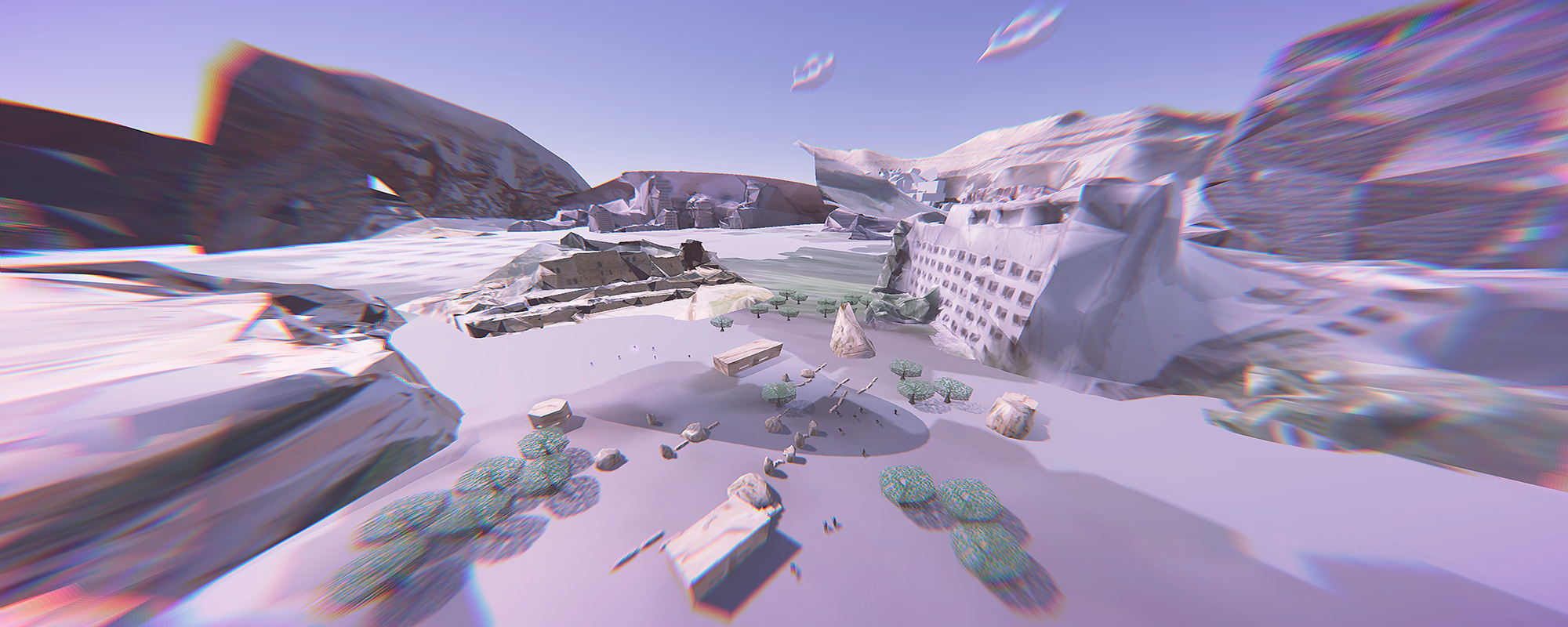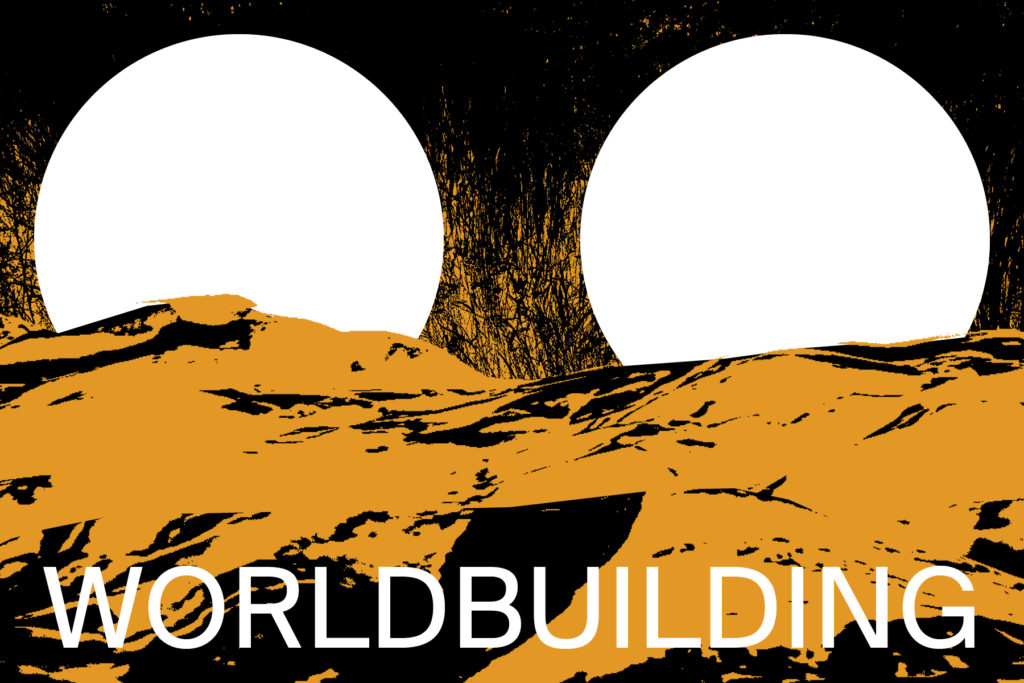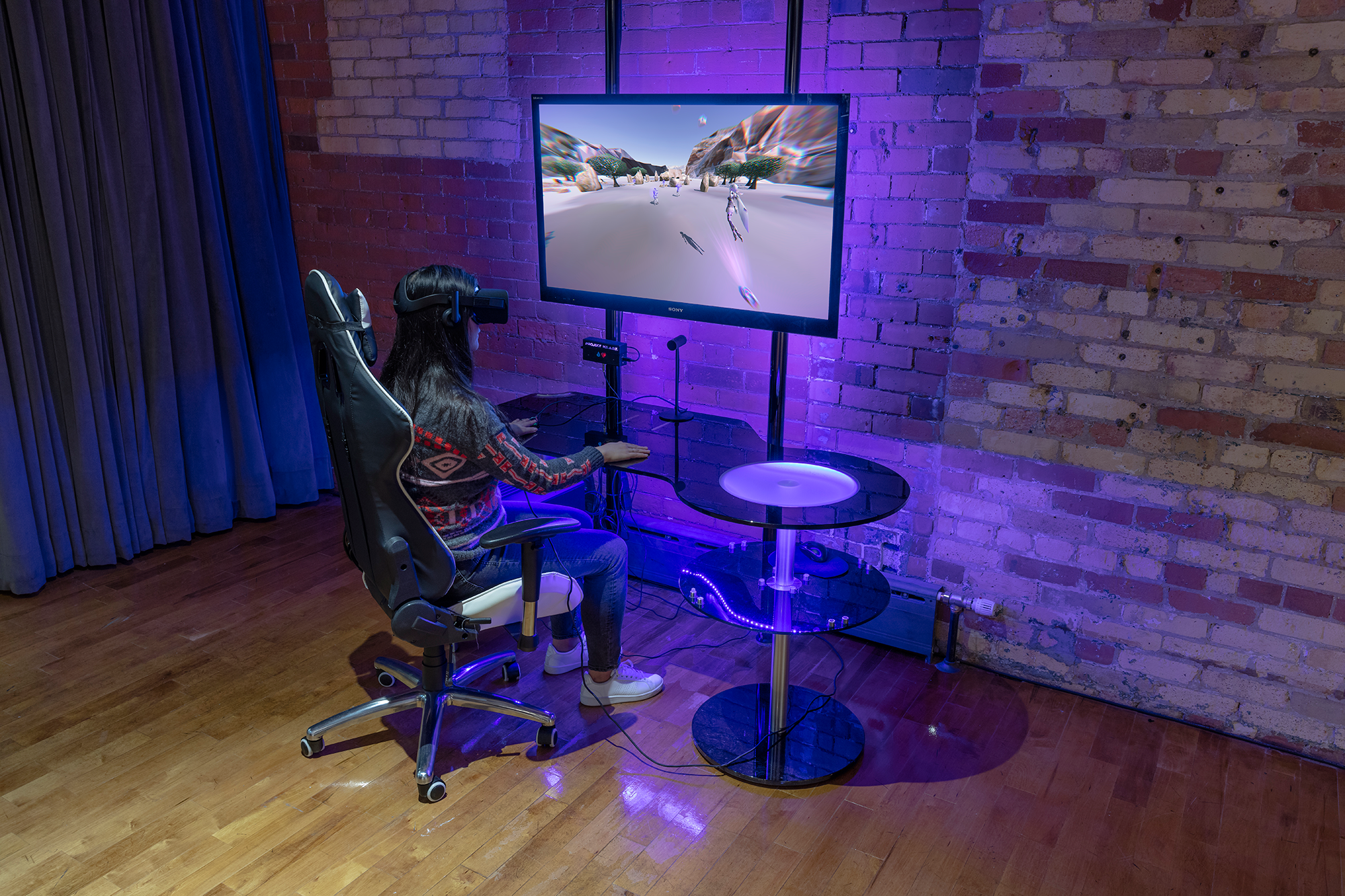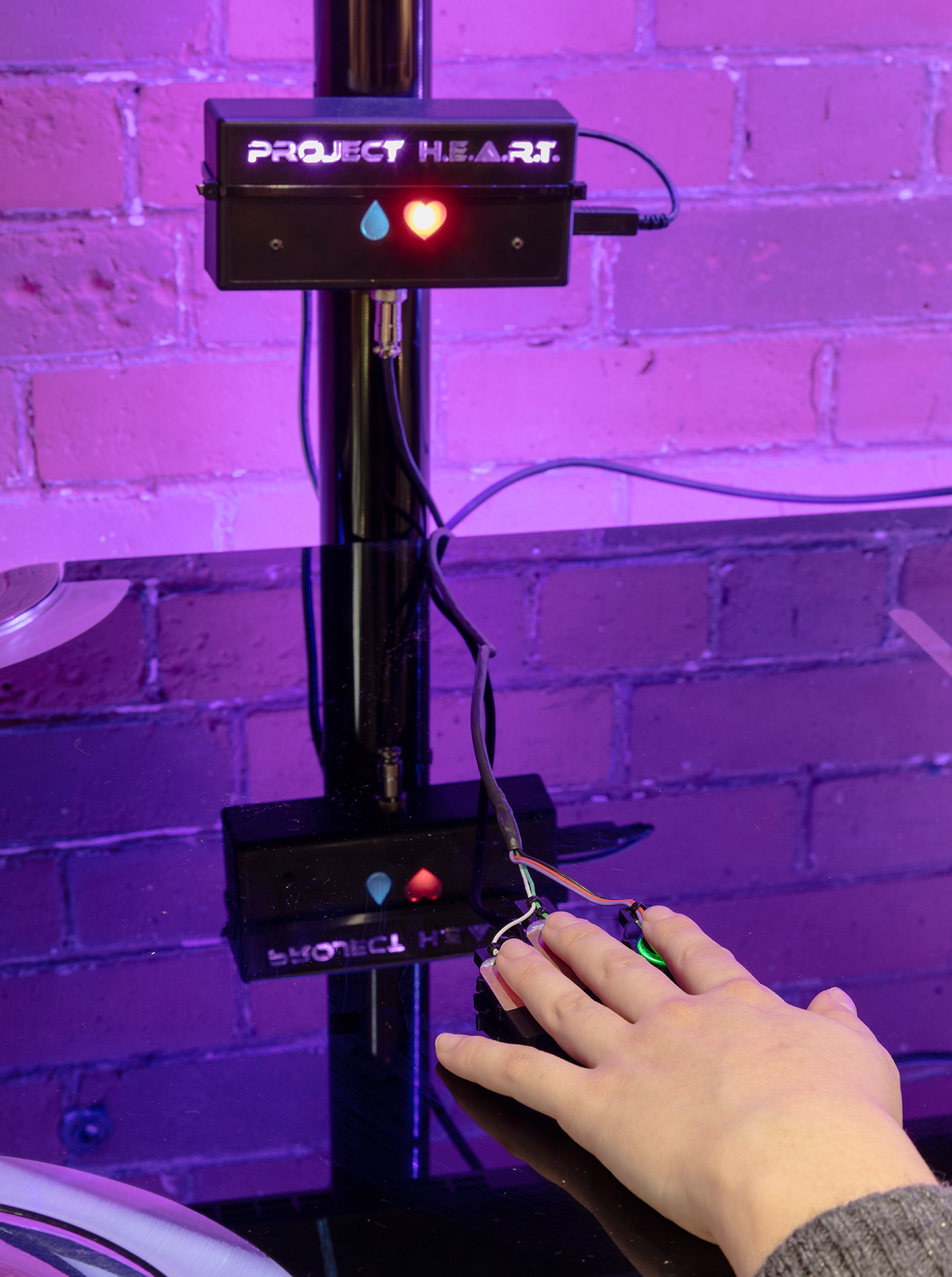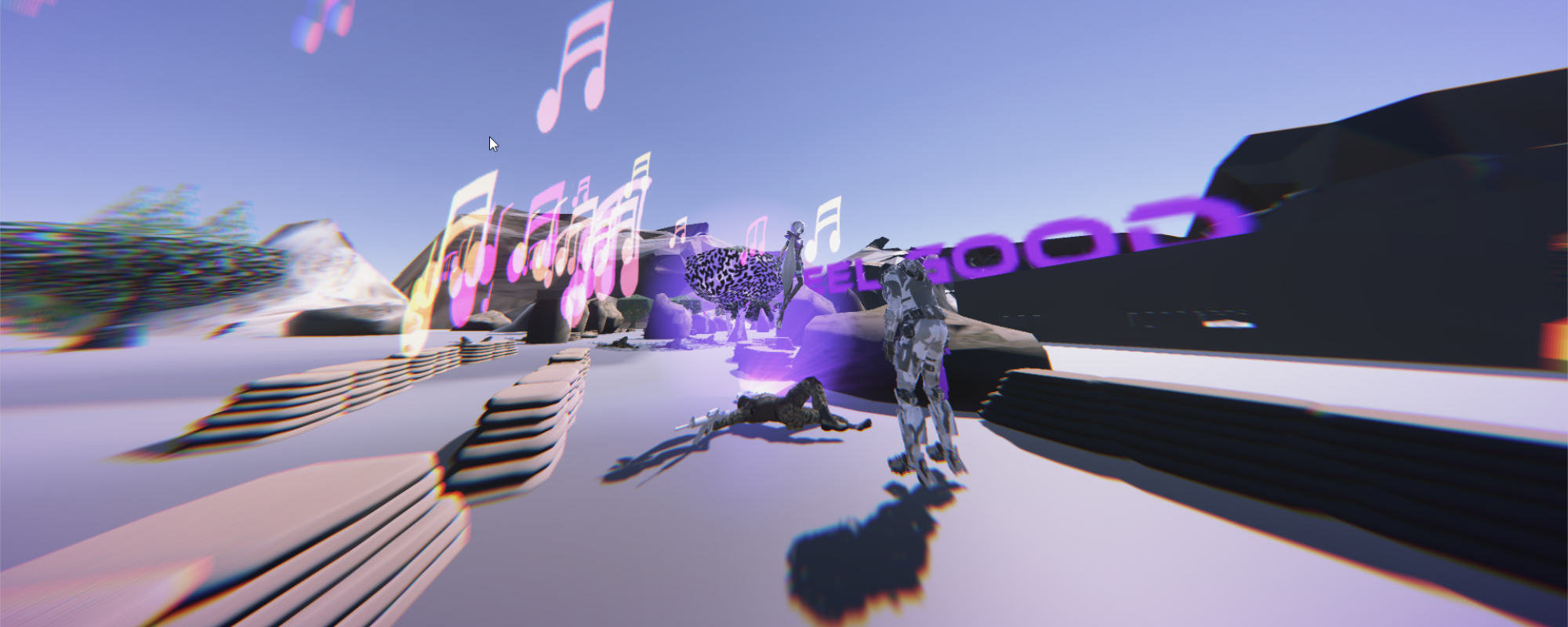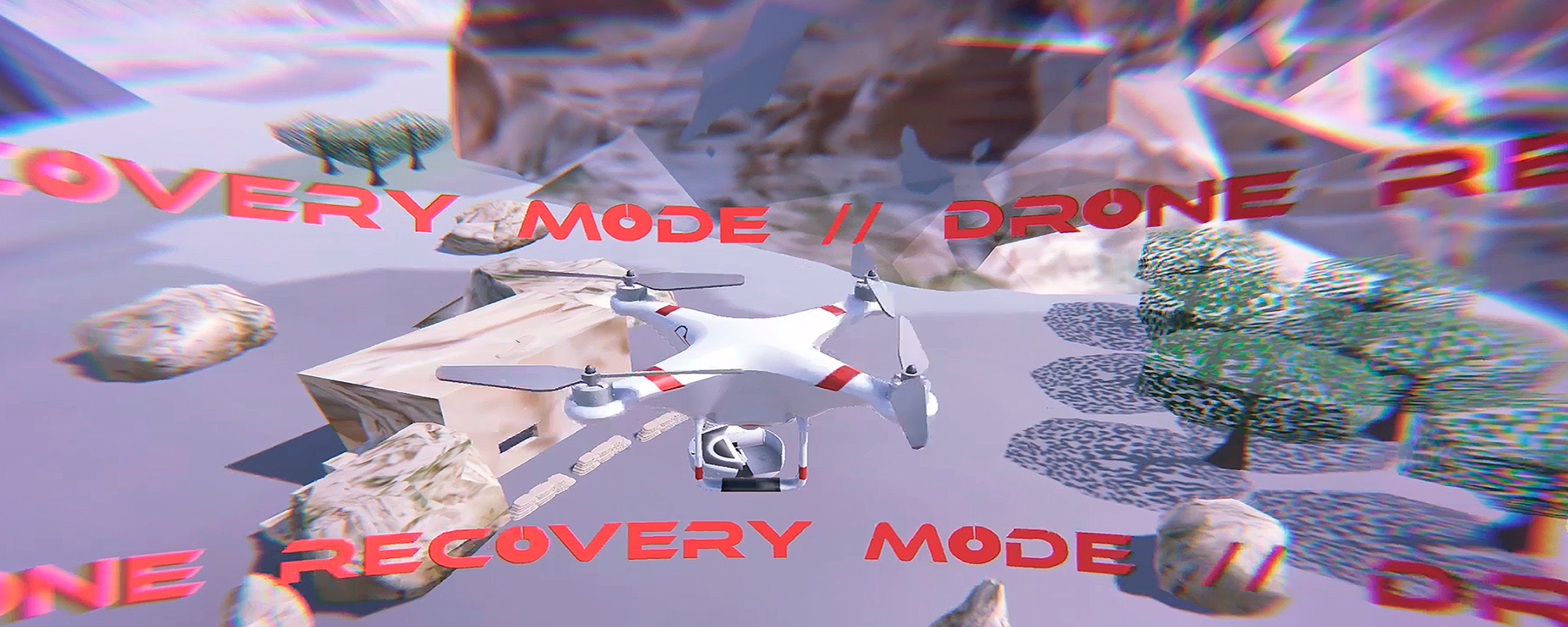Project H.E.A.R.T was featured in the Winter 2018 edition of Canadian Art magazine. The exhibition review for the Worldbuilding exhibition curated by John G Hampton and Maiko Tanaka at Trinity Square Video was written by Tatum Dooley. According to Dooley:
“The gamification of our bodies renders the physical form void, replaced by screens where our bodies and emotions can be morphed and manipulated. Perhaps the only way to create art with technology as advanced and recent as VR is to reckon with its potential consequences.
Gee’s project, the most realized out of the four artists in the exhibition, masters this reckoning. I spoke with Gee in the lead-up to the exhibition, and she explained the conceptual backbone of the piece. “I’m working through questions of emotional sincerity when it comes to self-help. In theory, if you can technologically master your emotions, if you can just make yourself excited, then you can make yourself a better, happier person. I don’t know how sincere that is…”
Click here for the full article: VR and the Failure of Self-Help Technology
